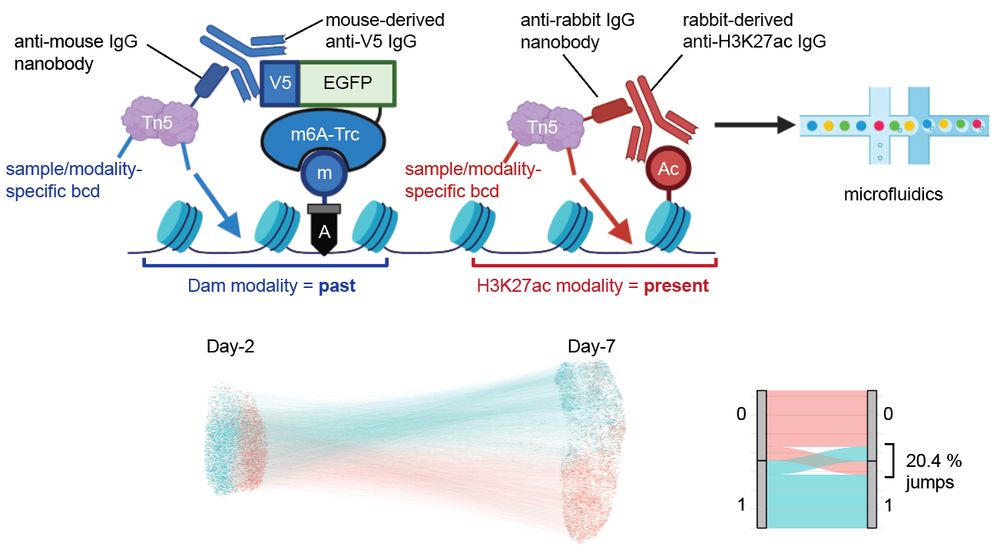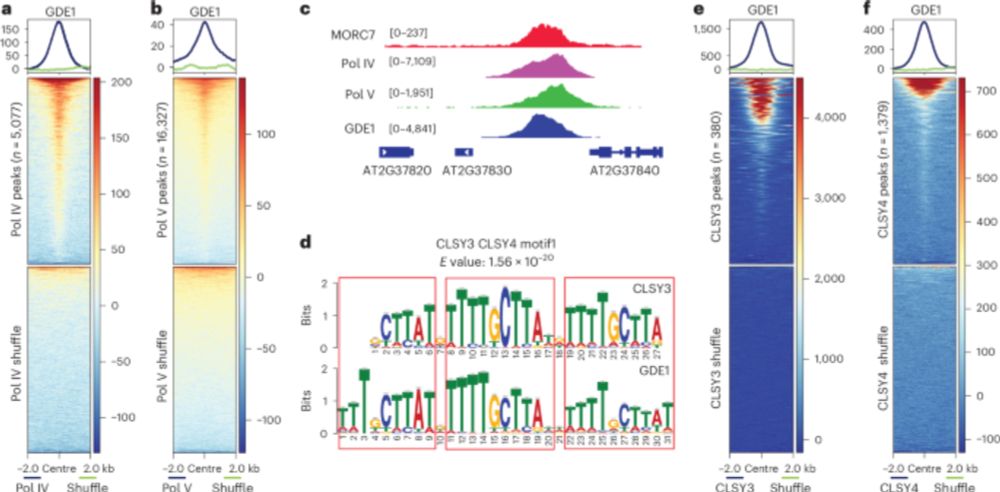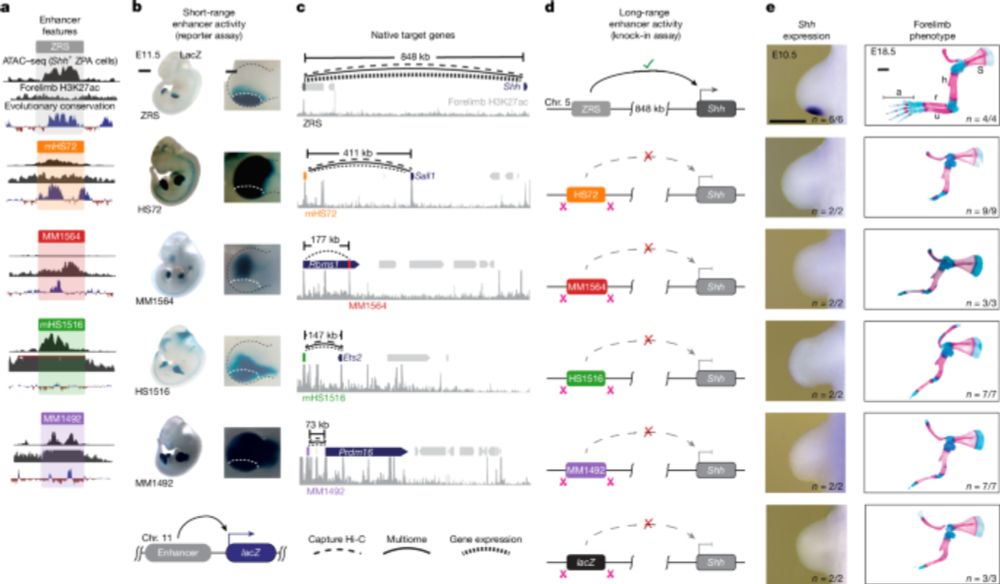
Biotech student
Py
🇵🇾
www.nature.com/articles/s41...

www.nature.com/articles/s41...

Our new paper with @vmaull.bsky.social explores how engineered genes can spread through soil microbes.
We model how synthetic gene transfer can support biodiversity. @vdlorenzo.bsky.social @guimaguade.bsky.social www.biorxiv.org/content/10.1...

Our new paper with @vmaull.bsky.social explores how engineered genes can spread through soil microbes.
We model how synthetic gene transfer can support biodiversity. @vdlorenzo.bsky.social @guimaguade.bsky.social www.biorxiv.org/content/10.1...



www.science.org/doi/10.1126/...

www.science.org/doi/10.1126/...
eCIS for plant protein delivery: tinyurl.com/mrx4d878
R2 for targeted insertion: tinyurl.com/5n73za6h
Transient expression: tinyurl.com/38p2ud6w
Chemotaxis assay: tinyurl.com/3nw9haes
More ⬇️
eCIS for plant protein delivery: tinyurl.com/mrx4d878
R2 for targeted insertion: tinyurl.com/5n73za6h
Transient expression: tinyurl.com/38p2ud6w
Chemotaxis assay: tinyurl.com/3nw9haes
More ⬇️

We are thrilled to announce that our lab’s first preprint is out!
”Whole-genome single-cell multimodal history tracing to reveal cell identity transition”
We report HisTrac-seq, a multiomic single-cell molecular recording platform.
www.biorxiv.org/content/10.1...

We are thrilled to announce that our lab’s first preprint is out!
”Whole-genome single-cell multimodal history tracing to reveal cell identity transition”
We report HisTrac-seq, a multiomic single-cell molecular recording platform.
www.biorxiv.org/content/10.1...

The Moment
That
Symmetry
Breaks.
#plantscience #development #imaging #microscopy 🧪🌸🔬
w. Captain Yaowu & @biancatash.bsky.social
www.biorxiv.org/content/10.1...
The Moment
That
Symmetry
Breaks.
#plantscience #development #imaging #microscopy 🧪🌸🔬
w. Captain Yaowu & @biancatash.bsky.social
www.biorxiv.org/content/10.1...
www.biorxiv.org/content/10.1...

www.biorxiv.org/content/10.1...
www.biorxiv.org/content/10.1...

www.biorxiv.org/content/10.1...


From: www.nature.com/articles/s41...
I think I saw another preprint on this by another lab too.

From: www.nature.com/articles/s41...
I think I saw another preprint on this by another lab too.


nature.com/articles/s41...
Our most recent thinking on HYP effectors involves programmed shuffling of the parasite genome. This prompted us to review how and when organisms edit their own genomes
In so doing, Vincent made two important discoveries...
(1/3)

nature.com/articles/s41...
Our most recent thinking on HYP effectors involves programmed shuffling of the parasite genome. This prompted us to review how and when organisms edit their own genomes
In so doing, Vincent made two important discoveries...
(1/3)
Read more about the project, which has received more than $12 million in funding from the UK’s ARIA 👉 lnkd.in/g6CX8JHD

Read more about the project, which has received more than $12 million in funding from the UK’s ARIA 👉 lnkd.in/g6CX8JHD



